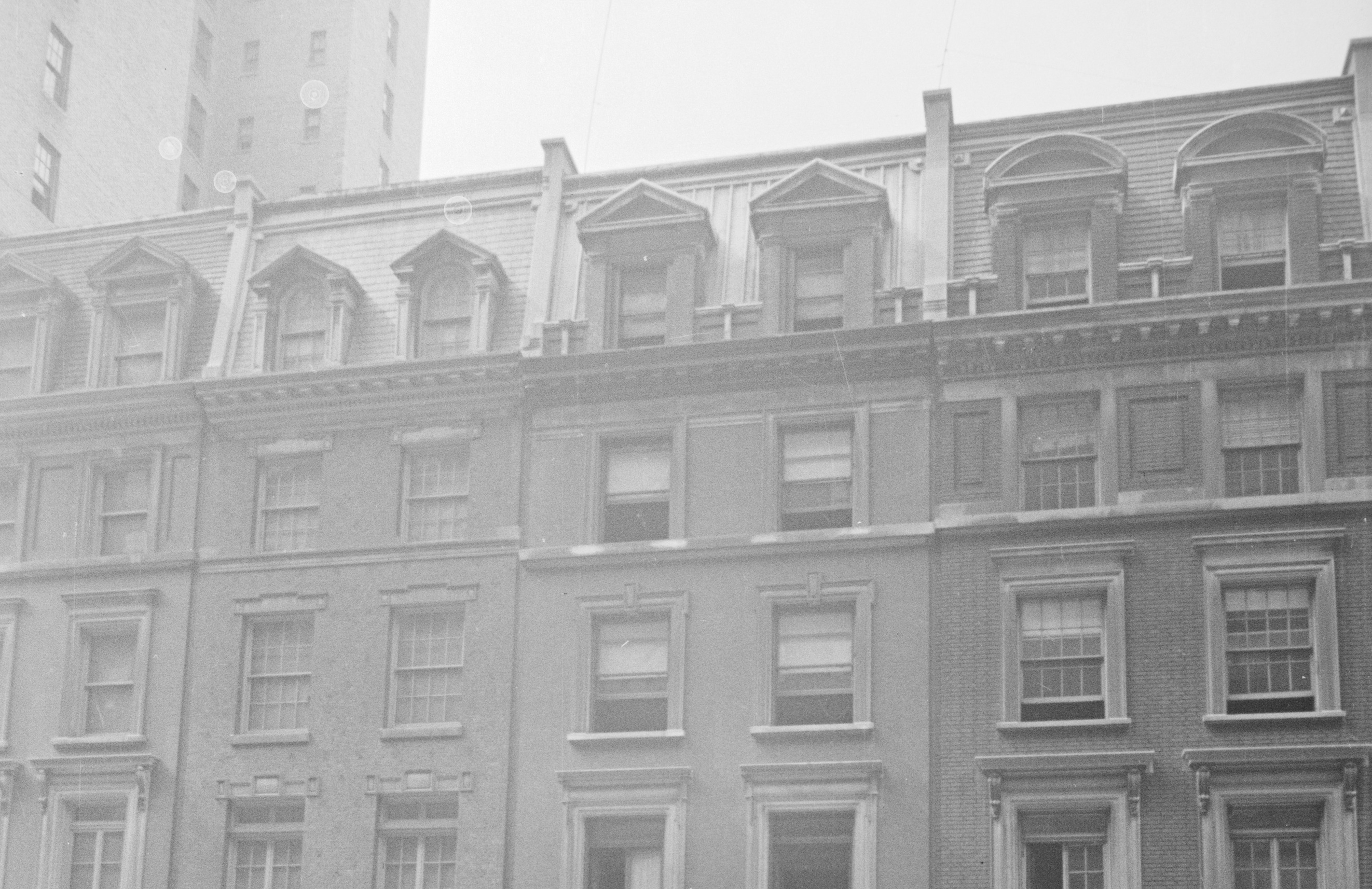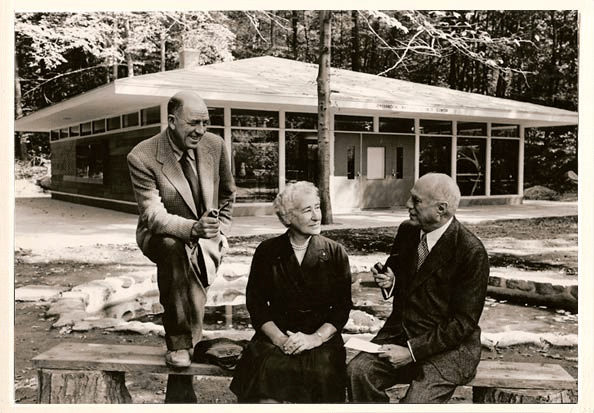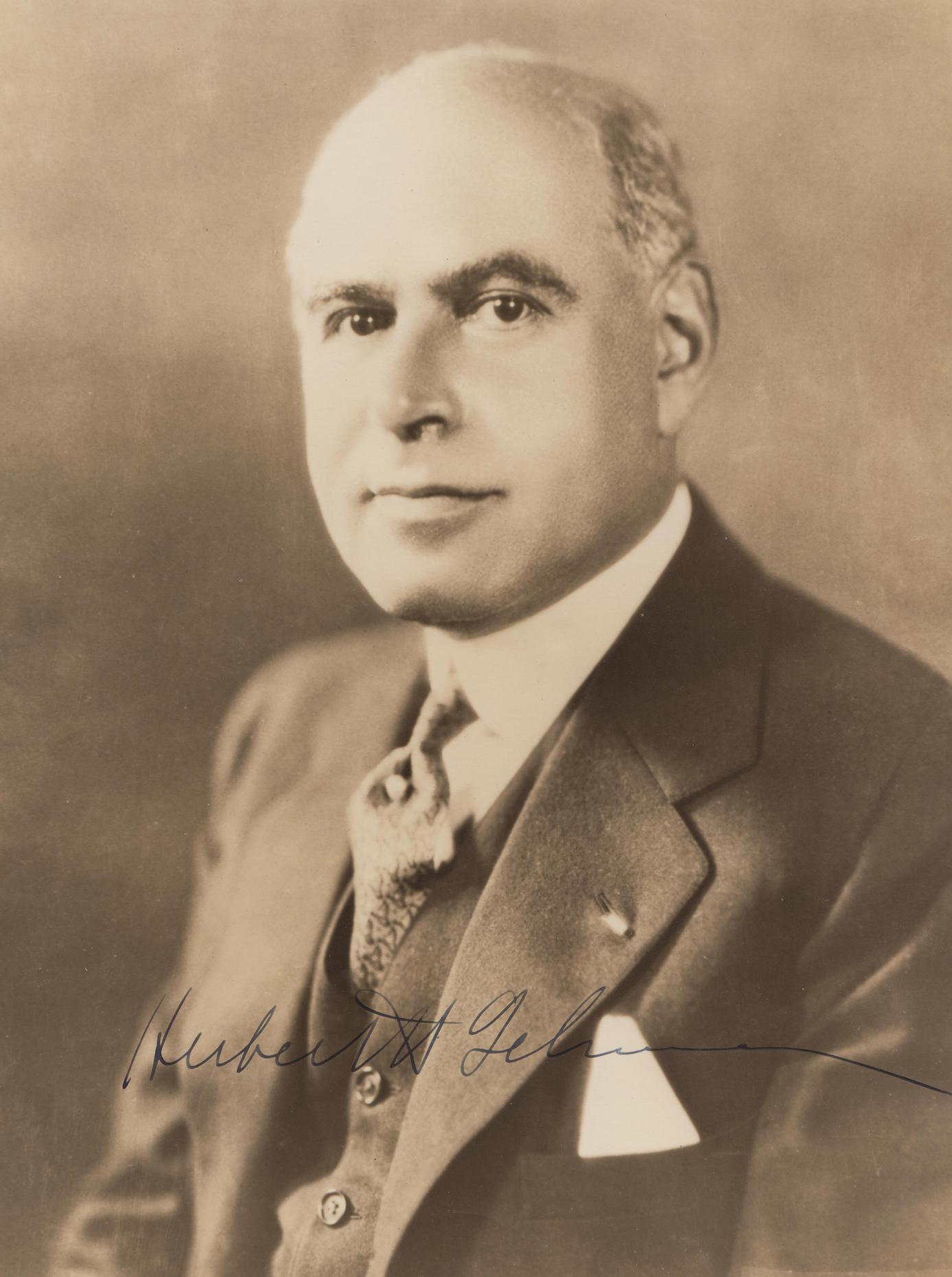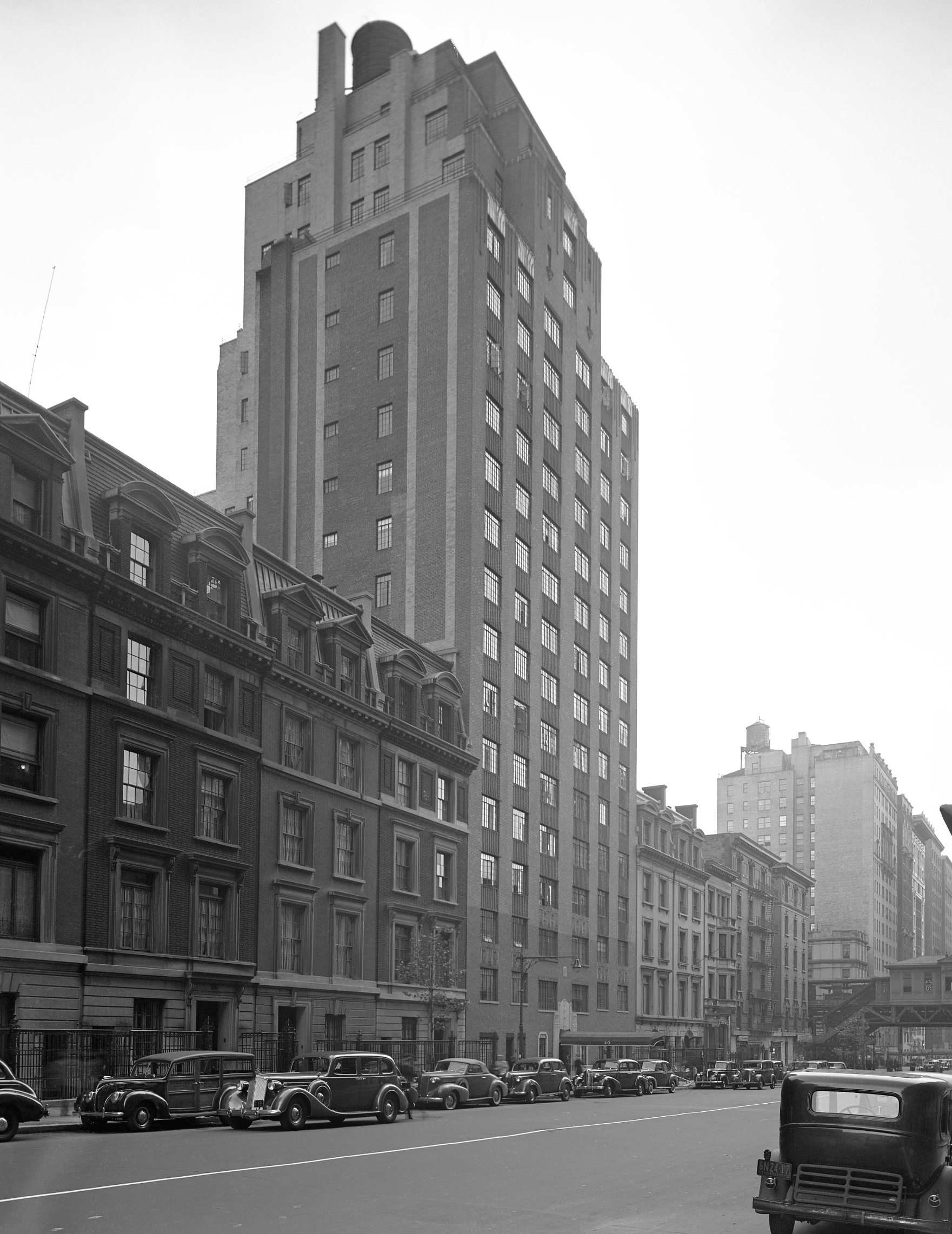
32 West 86th Street
by Tom Miller
The extended Hall family were builders and developers. William Hall began the tradition that was continued by his sons William W. and Thomas M. Hall. (They operated both as William Hall’s Sons and W. W. & T. M. Hall). Joining in the familial trend were Arlington C. and Harvey M. Hall, who worked together; and William H. Hall Jr.
In 1906, William H. Hall Jr. partnered with W. W. & T. M. Hall in erecting a row of handsome townhouses on the south side of West 86th Street between Central Park West and Columbus Avenue. Designed by Welch, Smith & Provot, certain pairs were built and owned by William H. Hall, Jr. and others by his relatives, yet they flowed together harmoniously.
Among those William H. Hall, Jr. erected was 32 West 86th Street. Its neo-Renaissance design included a rusticated limestone base, stone architrave frames of the upper story windows, and a slate-shingled and dormered mansard.
The house became home to the Charles Altschul family. Born in London on December 31, 1857, Altschul came to America in 1877 and settled in San Francisco where he joined the staff of the banking firm Lazard Freres. In 1886, he married Camilla Mandelbaum. The couple had three children, Frank, born in 1887; Edith Louise, who was born two years later; and Hilda who arrived in 1892.
Designed by Welch, Smith & Provot, certain pairs were built and owned by William H. Hall, Jr. and others by his relatives, yet they flowed together harmoniously.
Altschul thrived professionally in California. In 1895, he was made manager of the London, Paris and American Bank and five years later was elected President of the California Bankers’ Association. Then, in 1901, he relocated his family to New York, where he remained a partner in Lazard Freres.
Frank Altschul graduated from Yale University in 1908 and for the next two years worked in the Mexico City office of the banking firm Hugo Scherer, Jr. & Co. On November 18, 1910, the Yale Alumni Weekly reported he “expects to return permanently to 32 West Eighty-sixth Street, New York City, about January 1, 1911.”
He would find one more person living in the 86th Street house. On April 30, 1910, “in a private suite at Sherry’s,” as reported by the New York Herald, Edith had married Herbert H. Lehman. After their honeymoon in the South, the couple moved into the Altschul house.
Lehman’s father Mayer, like Charles Altschul, was a financier, one of the three brothers who co-founded Lehman Brothers. Herbert had been a partner in that firm for two years when he married Edith.
Frank was next to marry. On November 3, 1912, The New York Times reported on his engagement to Helen Goodhart, a graduate of Barnard College. The wedding took place on January 9, 1913 in the bride’s home.
Herbert Lehman was drawn into the messy impeachment trial of Governor William Sulzer in 1913. Among the charges was that he had accepted large, personal gifts, presumably in exchange for favors. On October 8, 1913, Lehman was called to testify to explain his monetary gift to the governor. The New York Sun printed his testimony in part.
I gave him $5,000 unconditionally. I knew he was a man of straitened circumstances. I did not care what he did with his money, whether he paid his rent or bought himself clothes or paid for his office or any other expenses which he might incur.
Lazard Freres placed a notice in the New York Press on July 3, 1916 that read, “We regret to announce that Mr. Charles Altschul has this day retired from our firm.” It added, “Mr. Fred H. Greenebaum and Mr. Frank Altschul have been admitted as partners in our firm.”
Charles Altschul now turned his attention to historical research and writing. His first project was his 1917 The American Revolution in Our School Text Books: An Attempt to Trace the Influence of Early School Education on the Feeling toward England in the United States. After pouring over 93 history textbooks used in schools nationwide, he revealed an inherent bias, which The Sun on October 21, 1917 called “an American tradition of Anglophobia.” The New York Times would later say it “helped bring a revision in the teaching of the history of the Revolution in public schools.”
Herbert Lehman was drawn into the messy impeachment trial of Governor William Sulzer in 1913.
Charles was involved in other scholarly interests, as well. He was a member of the Astronomical Society of the Pacific and the American Historical Association, for instance.
Early in April 1927, Charles Altschul suffered a heart attack. He died three weeks later on April 28.
His son and son-in-law would go on to great success. In their 2003 Wall Street People, Charles D. Ellis and James R. Vertin wrote, “Frank [Altschul] rose to be one of Wall Street’s grand dukes, both in style and influence. In the 1930s, he served on the governing board of the New York Stock Exchange and became a director of the Rockefeller family bank, the Chase National.” In 1929, Herbert Lehman became Lieutenant Governor of New York under Governor Franklin D. Roosevelt, and in 1933 became the state’s 45th governor, holding that office until March 1946.
In the meantime, the West 86th Street block had changed from upscale private homes to boarding houses, shops and apartment buildings by the time of Charles Altschul’s death. No. 32 was converted to the Ann Reno School–a dual-purpose facility that taught deaf children and trained teachers.
The daughter of prominent musicians, Anna Reno Margulies was prompted by the deafness of her son to devote herself to teaching the deaf. After studying with Maria Montessori in Italy, she opened her school in America using the Montessori methods. The New York Times said here “students were taught to speak and understand conversation with a facility equal to that of persons with normal hearing.”
The Ann Reno School operated from the converted house into the 1950s. By 1969, it was home to the Society for the Advancement of Judaism Nursery School, which accepted three- and four-year-old children at a yearly tuition of $675 (equal to about $4,880 in 2024).
A renovation completed in 1981 resulted in apartments. There are three each on the first through fourth floors, and two duplex apartments on the fifth and new penthouse level, which is unseen from the street.
Tom Miller is a social historian and blogger at daytoninmanhattan.blogspot.com





